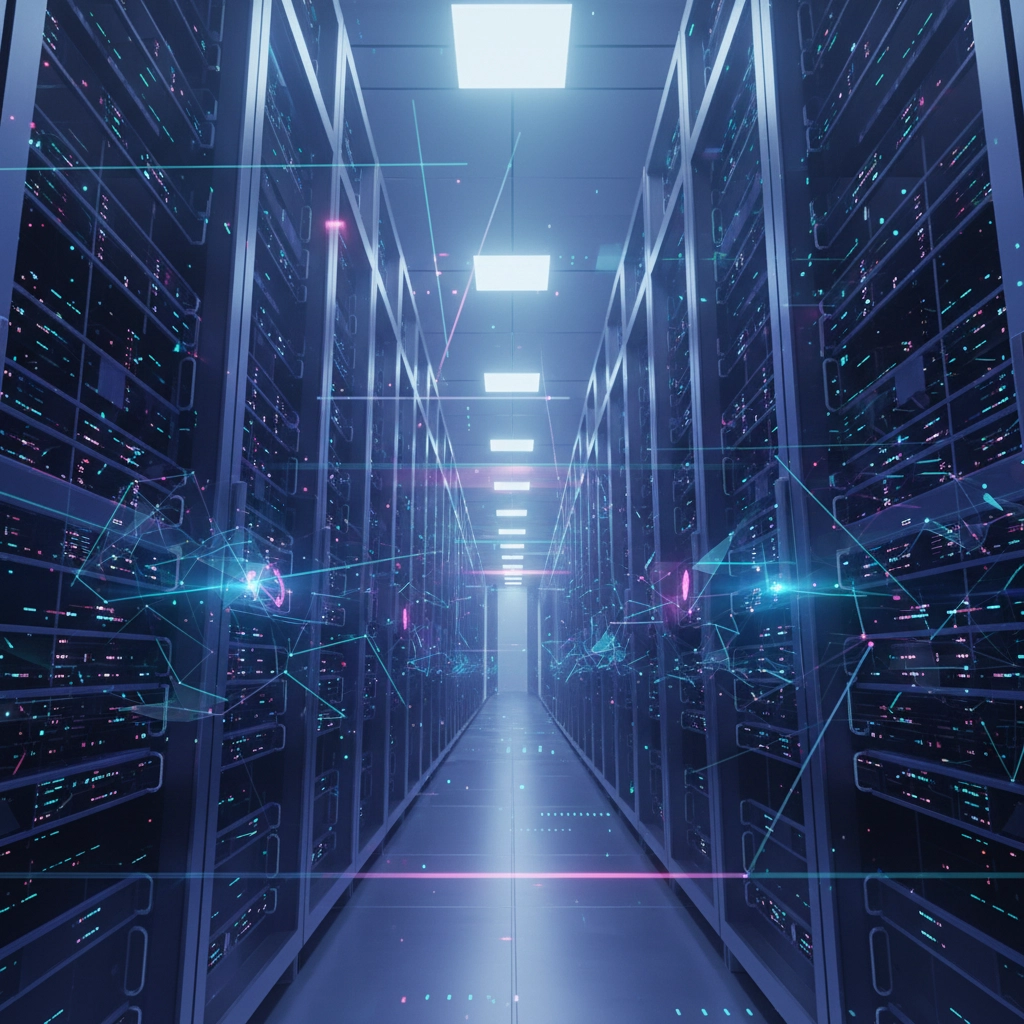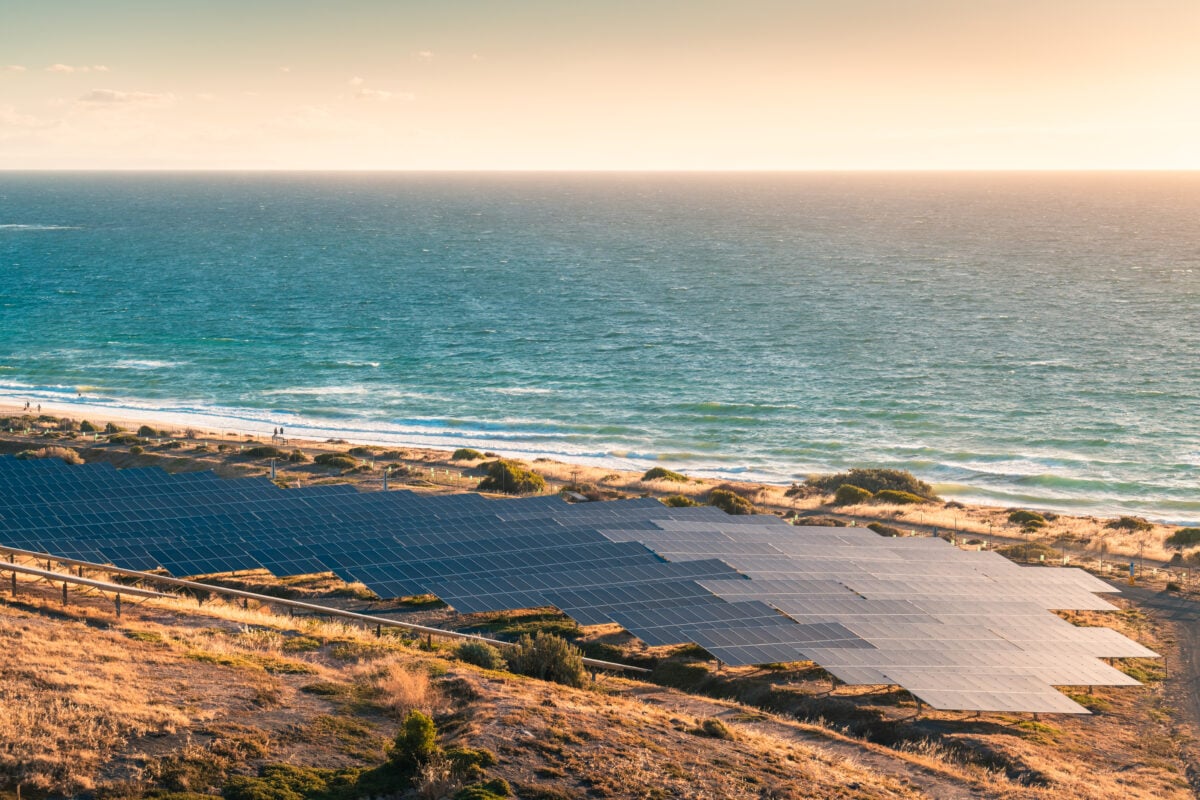AI Will Help Tackle Global Heating, Says UN's Climate Chief
- digitalmaldives2
- Sep 25
- 5 min read
The intersection of artificial intelligence and climate action has reached a pivotal moment, as global leaders recognize both the transformative potential and inherent risks of leveraging cutting-edge technology to address the world's most pressing environmental challenges.
At Climate Week NYC 2025, UN Climate Change Executive Secretary Simon Stiell delivered a compelling message that positions artificial intelligence as a potential "gamechanger" in the fight against global heating. Speaking on September 22, 2025, Stiell outlined a nuanced vision that embraces AI's capacity to accelerate climate solutions while acknowledging the urgent need for responsible deployment and comprehensive regulation.
The Strategic Vision for AI-Powered Climate Action
Stiell's framework for AI integration goes far beyond simple technological adoption. His approach emphasizes strategic deployment that enhances human capacity rather than replacing it entirely. "Done properly, AI releases human capacity, not replaces it," he explained, positioning the technology as an amplifier of existing expertise rather than a wholesale substitute for human judgment.
The UN climate chief identified three critical areas where AI can drive meaningful climate outcomes: energy management optimization, enhanced climate risk mapping, and resilient planning for communities and infrastructure. These applications represent a departure from speculative AI promises toward concrete, measurable interventions that address immediate climate vulnerabilities.
In energy management, AI systems are already demonstrating their capacity to manage microgrids more efficiently, optimizing renewable energy distribution and reducing waste. Climate risk mapping benefits from AI's ability to process vast datasets and identify patterns that inform adaptive strategies for vulnerable communities. Meanwhile, resilient planning leverages predictive capabilities to guide infrastructure development and community preparedness efforts.
Confronting the Energy Paradox

The most significant challenge facing AI deployment in climate action centers on energy consumption. Current AI infrastructure presents a stark paradox: while the technology offers solutions for energy efficiency, its own energy demands are growing exponentially.
Recent data reveals that a typical AI data center consumes as much power as 100,000 homes, with the largest facilities using twenty times that amount. Industry projections suggest that by 2030, data centers could consume as much electricity as all of Japan does today: a sobering reality that threatens to undermine AI's climate benefits.
Stiell addressed this contradiction directly, acknowledging that "AI is not a ready-made solution, and it carries risks. But it can also be a gamechanger. So we now need to blunt its dangerous edges, sharpen its catalytic ones, and put it astutely to work."
This honest assessment reflects a growing recognition among climate leaders that technological solutions must be evaluated comprehensively, accounting for both their direct benefits and indirect consequences.
Regulatory Framework and Industry Accountability
The path forward requires immediate regulatory intervention and industry accountability. Stiell's call for government action aligns with UN Secretary-General António Guterres' recent directive for major AI platforms to power their operations with renewables and innovate to drive energy efficiency.
The proposed regulatory framework includes several key components:
Mandatory renewable energy commitments for data center operations
Energy efficiency standards for AI training and deployment
Transparent reporting requirements for carbon footprints
Investment incentives for climate-positive AI applications
The UN has established a 2030 target for major tech firms to commit to fully powering data centers with renewable energy. This timeline creates urgency while providing sufficient lead time for infrastructure transitions.

Industry leaders are beginning to respond to these expectations. Several major technology companies have announced significant investments in renewable energy infrastructure specifically to support AI operations. However, the scale and timeline of these commitments remain insufficient to match the projected growth in AI energy consumption.
Real-World Applications and Early Successes
Beyond the regulatory discussions, AI tools are already generating measurable climate benefits across multiple sectors. Early applications demonstrate the technology's capacity to drive real-world outcomes in both mitigation and adaptation efforts.
In renewable energy, AI systems optimize solar and wind farm operations by predicting weather patterns and adjusting energy production accordingly. These systems have achieved efficiency improvements of up to 20% in pilot programs, translating directly into increased clean energy output.
Agricultural applications leverage AI for precision farming, reducing water consumption and fertilizer use while maintaining crop yields. Satellite imagery combined with machine learning algorithms helps farmers identify optimal planting times, detect pest infestations early, and minimize resource waste.
Urban planning benefits from AI's ability to model traffic flows, optimize public transportation routes, and design energy-efficient building systems. Several cities have reported significant reductions in carbon emissions following the implementation of AI-guided infrastructure improvements.
The Broader Climate Context
Stiell's AI advocacy emerges within a complex climate landscape that shows both progress and persistent challenges. The world has made measurable progress in "bending the warming curve" from a projected 5 degrees of heating to closer to 3 degrees: a significant achievement that reflects the cumulative impact of renewable energy adoption, policy interventions, and technological innovation.
However, this progress remains insufficient to achieve the 1.5-degree target outlined in the Paris Agreement. The gap between current trajectories and climate goals requires accelerated action across all available solutions, including responsible AI deployment.
The timing of Stiell's statements, delivered during Climate Week NYC as preparation for COP30 in Belém, underscores the urgency of integrating AI considerations into international climate negotiations. The upcoming summit will likely feature AI prominently in discussions about technology transfer, capacity building, and climate finance.
Implementation Strategy and Next Steps
Translating Stiell's vision into practical action requires coordinated efforts across government, industry, and civil society. The UN is exploring how AI can improve its own climate work internally while ensuring that technology serves to enhance rather than replace human decision-making in climate diplomacy and policy development.
Key implementation priorities include:
Establishing international standards for AI energy consumption reporting
Creating incentive structures that reward climate-positive AI applications
Developing capacity-building programs for developing countries
Fostering public-private partnerships that align AI innovation with climate goals
The success of this approach depends on maintaining focus on measurable outcomes rather than speculative benefits. Each AI application must demonstrate clear climate benefits that outweigh its energy costs and implementation resources.
Conclusion
Simon Stiell's characterization of AI as a potential climate "gamechanger" reflects both optimism and realism about technology's role in addressing global heating. His framework acknowledges AI's transformative potential while demanding rigorous attention to its risks and resource requirements.
The path forward requires careful navigation between innovation and responsibility, ensuring that AI deployment accelerates rather than undermines climate progress. Success will depend on regulatory frameworks that drive accountability, industry commitments that prioritize sustainability, and continued focus on human-centered solutions that leverage technology to enhance rather than replace expertise.
As the world prepares for COP30 and beyond, the integration of AI into climate action represents both an opportunity and a responsibility that demands immediate, thoughtful action from leaders across all sectors.